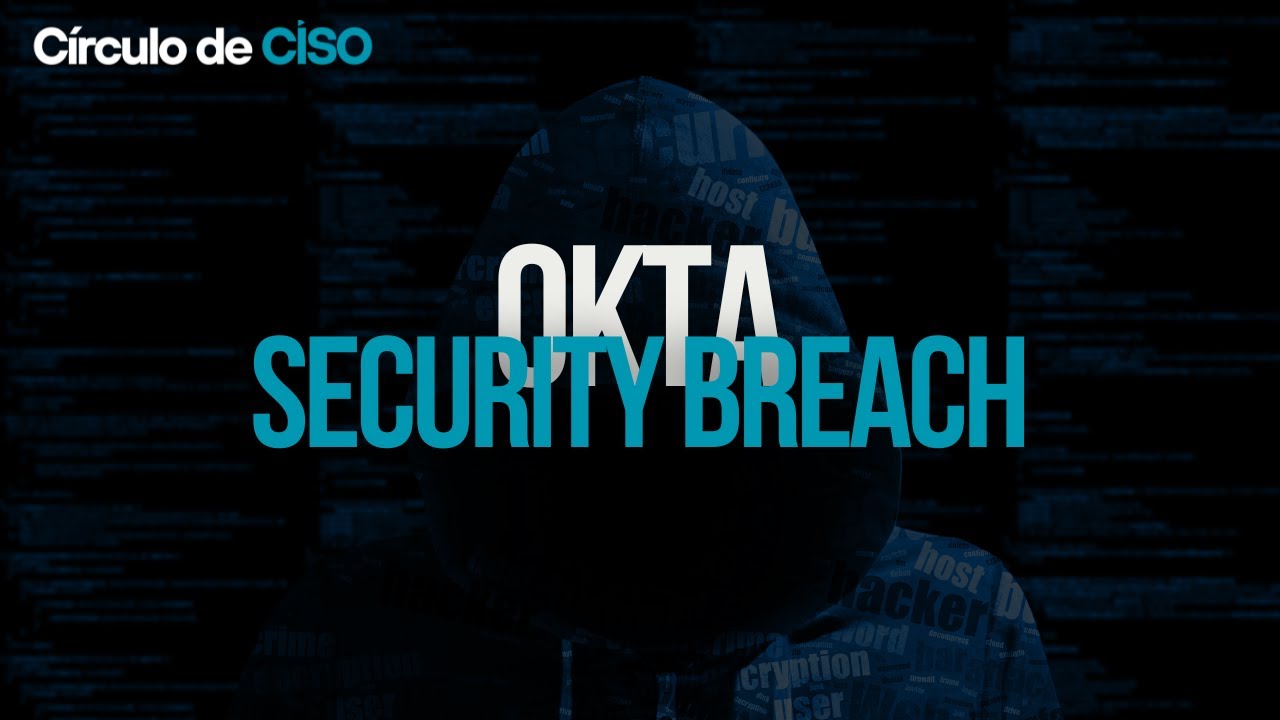In an increasingly interconnected world, the security of the supply chain has become a critical concern for organizations. Data breaches, service disruptions, and compromised systems can have devastating effects on an organization’s operations, reputation, and financial stability. For Chief Information Security Officers (CISOs) and other security professionals, building a robust framework for managing these risks is essential.
Integrating Risk Management into Information Security Management System (ISMS)
To address the complexities of cyber supply chain security, organizations can leverage an integrated framework within their Information Security Management System (ISMS). This approach combines best practices from various standards and frameworks, ensuring a comprehensive approach to risk management.
1. Governance and Leadership
The first step in building a resilient cyber supply chain security framework involves establishing strong governance. Leadership must define clear security objectives aligned with the organization’s business goals. This includes developing a risk management strategy that addresses potential vulnerabilities within the supply chain. Effective governance ensures that security policies are not only created but also enforced and monitored continuously.
2. Risk Assessment and Management
An essential component of the framework is conducting thorough risk assessments. This involves identifying and evaluating risks related to data breaches, service disruptions, and compromised systems. Organizations should assess both internal and external risks, considering potential threats from third-party vendors and partners. A detailed risk assessment helps in prioritizing risks based on their potential impact and likelihood.
3. Control Framework Integration
To manage identified risks, organizations need to implement a control framework that integrates with their ISMS. This includes establishing policies and procedures for monitoring and managing security controls throughout the supply chain. Controls should be designed to address specific risks such as unauthorized access, data integrity breaches, and system vulnerabilities.
4. Continuous Monitoring and Improvement
Ongoing monitoring is crucial to maintaining the effectiveness of the security framework. Regular audits and reviews help ensure that controls are functioning as intended and that any new risks are promptly addressed. The framework should include mechanisms for continuous improvement, allowing organizations to adapt to evolving threats and vulnerabilities.
5. Incident Response and Recovery
A robust incident response plan is vital for addressing any security incidents that occur. This plan should outline procedures for detecting, responding to, and recovering from data breaches, service disruptions, or system compromises. Effective incident management minimizes the impact of security breaches and helps in restoring normal operations swiftly.
6. Training and Awareness
Human factors play a significant role in security breaches. Therefore, regular training and awareness programs are essential. Employees and stakeholders should be educated about security best practices, potential threats, and their role in maintaining security. This proactive approach helps in mitigating risks and enhancing the overall security posture.
7. Vendor and Third-Party Management
Given that third-party vendors are often a significant source of risk, managing these relationships is critical. Organizations should implement thorough vetting processes and establish clear security requirements for vendors. Regular assessments and audits of third-party security practices ensure that they align with the organization’s security standards.
8. Compliance and Reporting
Adhering to relevant regulations and standards is crucial for maintaining security and avoiding legal repercussions. The framework should include mechanisms for ensuring compliance with applicable laws and regulations. Additionally, organizations should have a reporting system in place to document security incidents and compliance status.
Conclusion
Building a resilient cyber supply chain security framework requires a holistic approach that integrates risk management into the ISMS. By focusing on governance, risk assessment, control implementation, continuous monitoring, incident response, training, vendor management, and compliance, organizations can effectively manage and mitigate risks associated with data breaches, service disruptions, and compromised systems. Implementing these practices will not only enhance security but also ensure that organizations are better prepared to face the challenges of a complex and dynamic cyber landscape.


